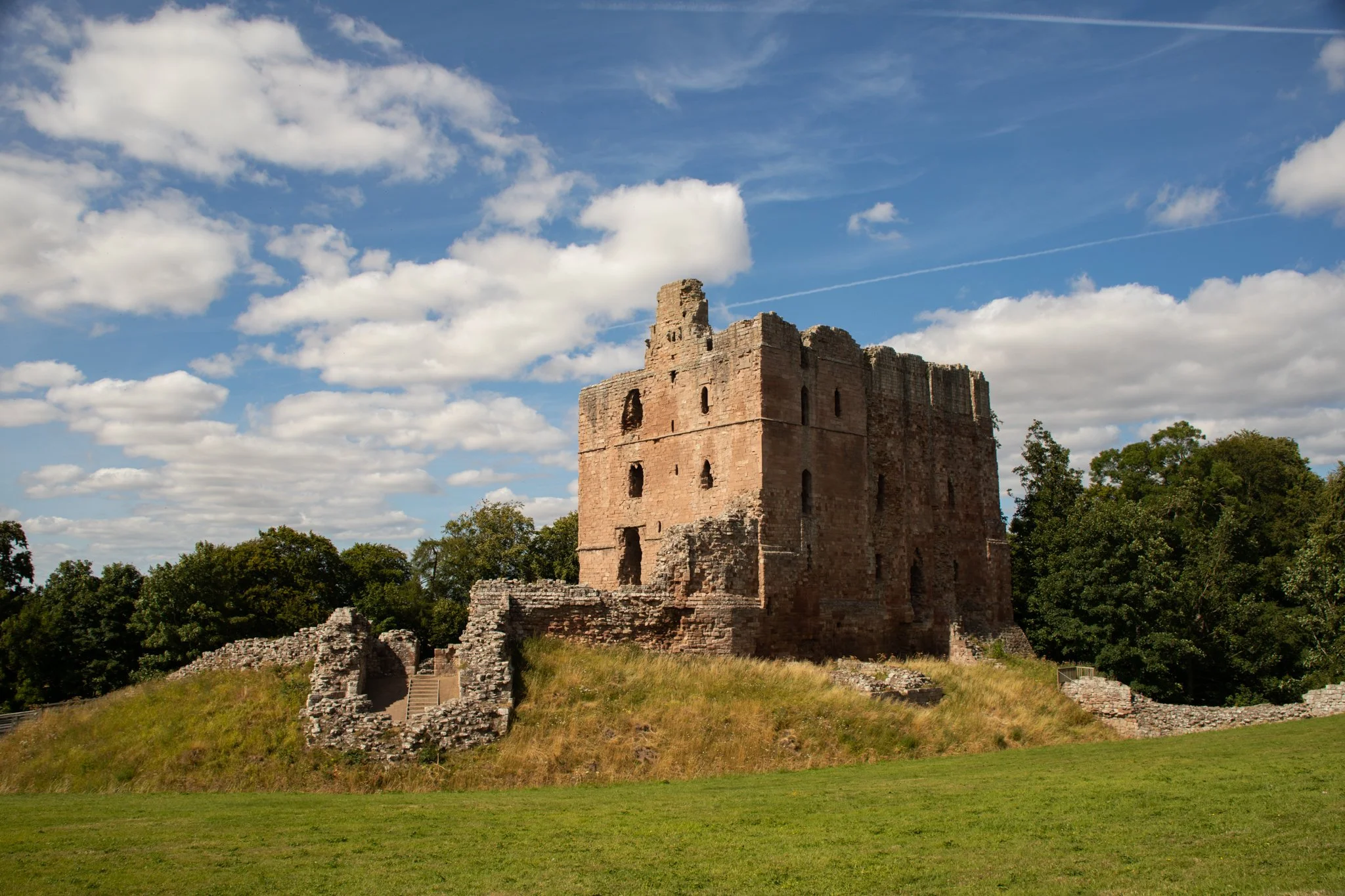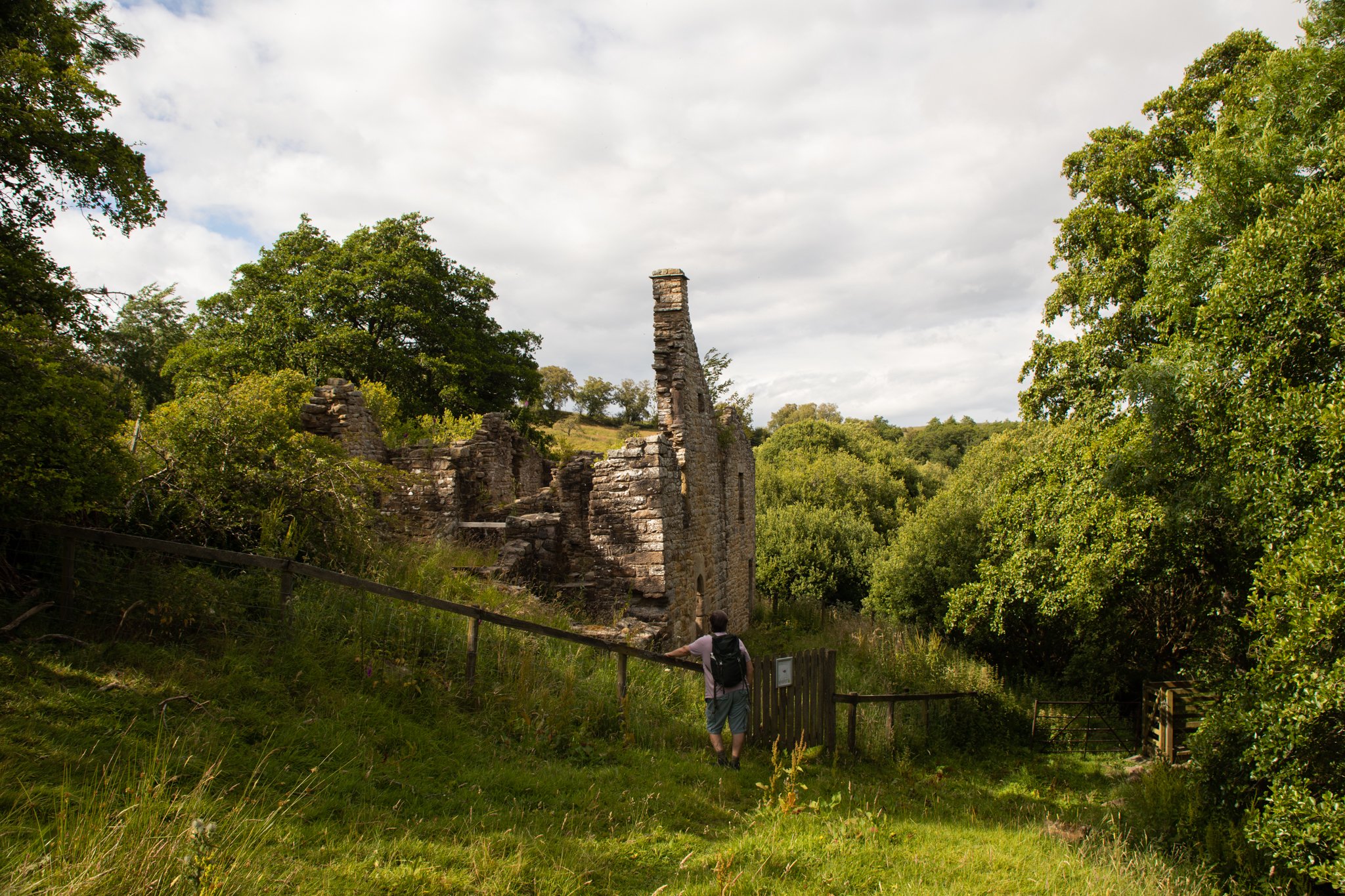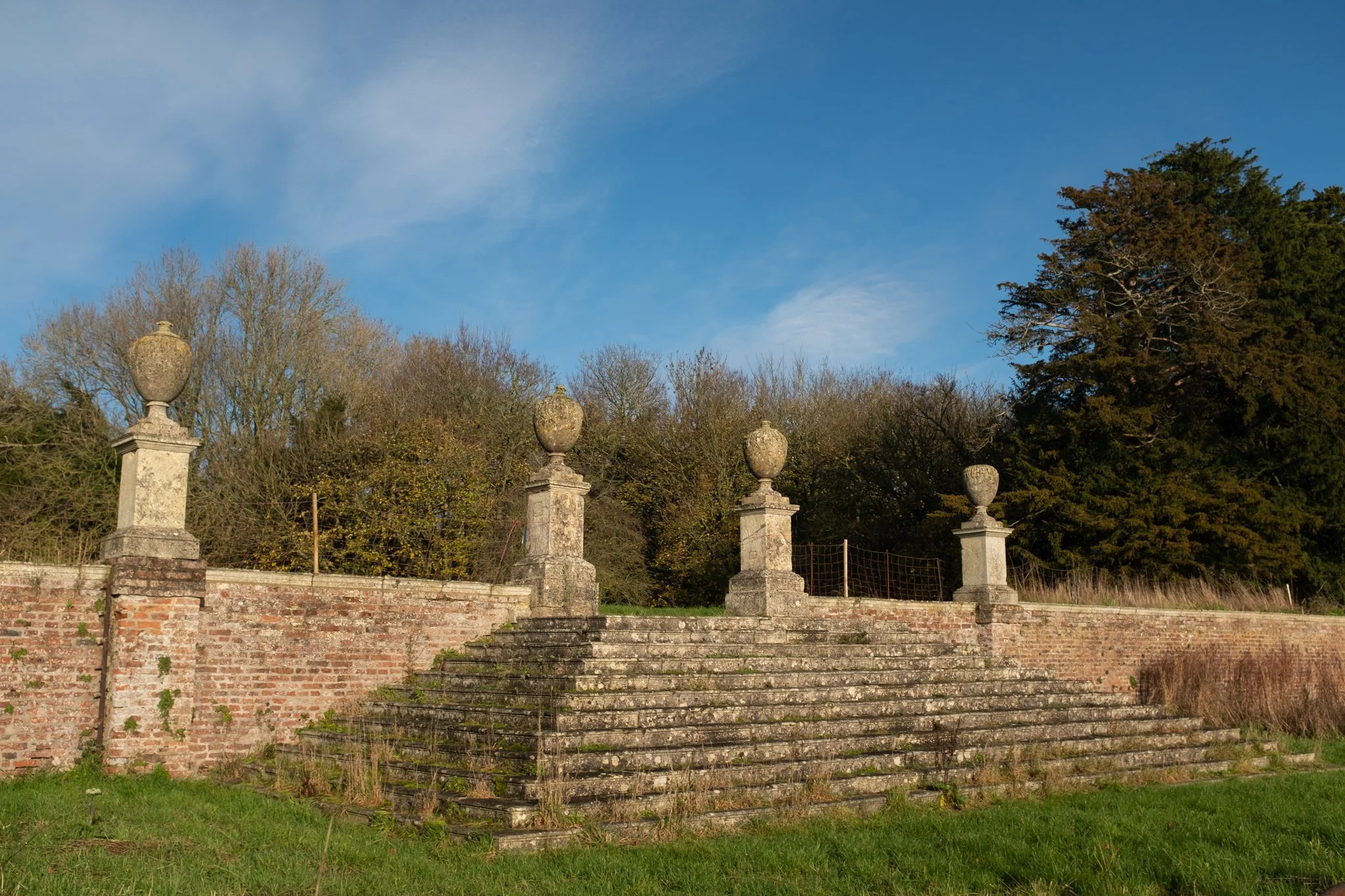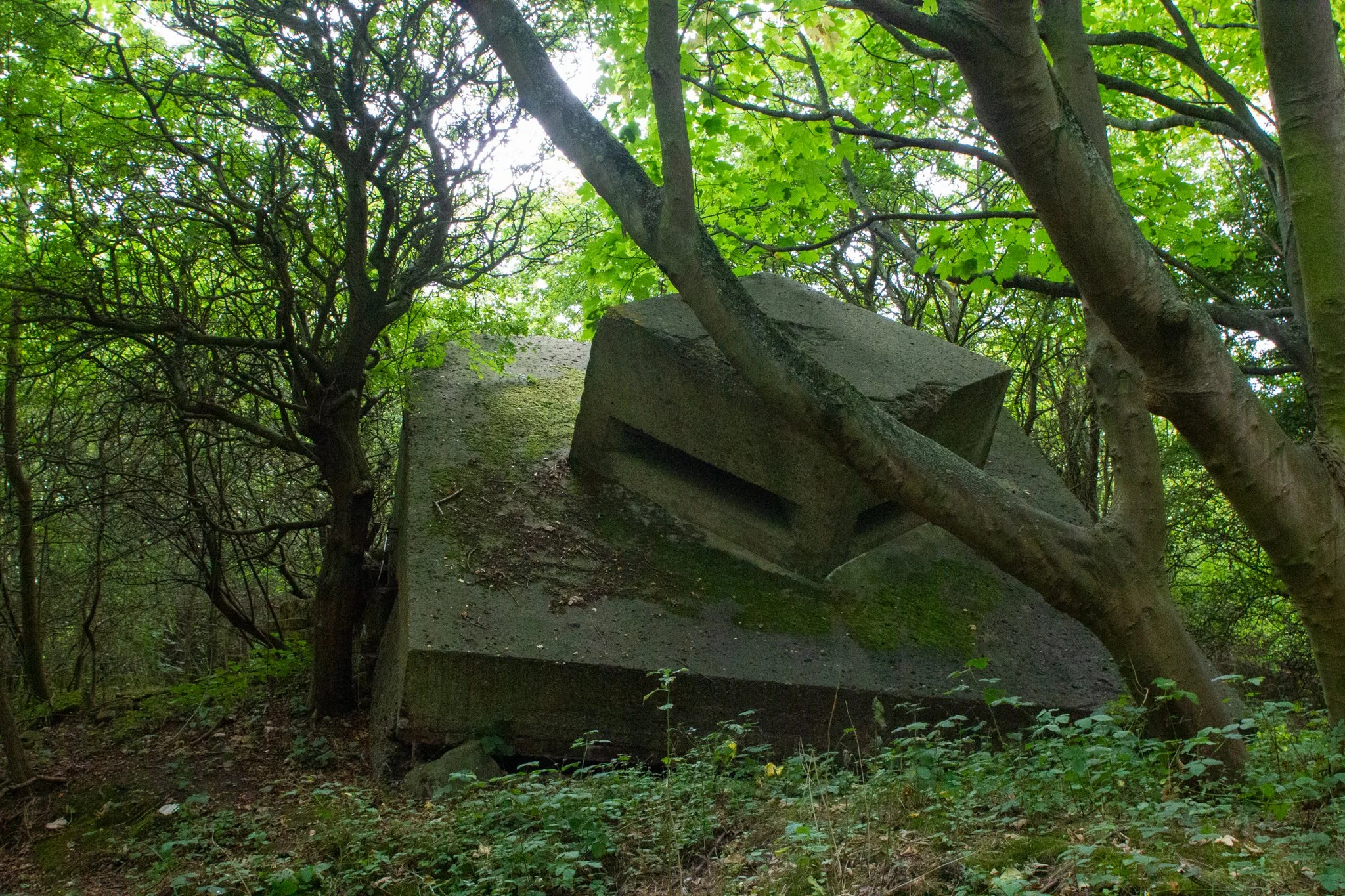6 lost ruins to seek out in North East England
From crumbling castles and the vestiges of old mine works to fortified farm houses and bygone country estates, North East England boasts some of the most evocative and fascinating lost ruins. Here are six wonderful ruins to explore from my new book, Wild Guide North East England..
NORHAM CASTLE, Norham, Northumberland
With such a turbulent history, it’s not surprising that castles dominate the landscape of Northumberland. Norham Castle is one of the finest of these border fortresses, set high on a grassy mound above the tumbling River Tweed. First built around 1121, it was one of the most important strongholds, besieged at least 13 times and most frequently attacked by the Scots. It finally fell to James IV’s heavy cannon in 1513, shortly before his defeat at Flodden Field. Its pink-hued ruins were an inspiration for artist JMW Turner who produced several atmospheric images of the majestic ruins.
Directions: In Norham village, 6 miles SW of Berwick- upon-Tweed; located on minor road off B6470 (from A698). Car park (TD15 2JY).
2 mins, 55.7214, -2.1508
Norham Castle
ROWANTREE STOB BASTLE, Allendale, Northumberland
The 36-mile Isaac’s Tea Trail, named after a 19th century travelling tea merchant, passes through some of the most remote countryside in England, including this enchanting ruin hidden behind a line of ash trees on the slope of a hill. It may never have been a fortified bastle house as its walls are much thinner than traditional bastles. Now crumbling, the ruins are being gently subsumed by wildlife and vegetation, although its classic stone doorway, cut into a semi-circular arch, is remarkably intact. The perfect spot for a picnic by the babbling Knockshield Burn.
Directions: Follow the B6295 S from Allenheads for 5 miles to Sinderhope. At crossroads turn L and after 1⁄2 mile park on L by stone building with red shutters. Find sign for Isaac’s Tea Trail on L and follow markers to bastle.
20 mins, 54.8555, -2.2516
Rowantree Stob Bastle
WARREN MOOR MINE, Kildale, North York Moors
Situated in Leven Vale, Warren Moor Mine has the only fully intact Victorian ironstone mine chimney in existence. The chimney has withstood the test of time and remains very well preserved and the site enjoys commanding views of the surrounding moorland. You will also find the remnants of associated buildings, including the shafts sunk in what turned out to be an unsuccessful quest for ironstone. The ironstone here was simply not of good quality and after three attempts at mining between 1857 and 1874, the site was abandoned.
Directions: The mine lies about 11⁄2 miles SE of Kildale in Leven Vale. Turn R down Greengate Lane to the E of Kildale and follow the road into the woodland. Towards the top of the lane there
is parking on the verges. The road becomes a track that runs along the R-hand side of a house at the top of the vale, and you will see the mine in the vale beyond, on the L of the path.
25 mins, 54.4716, -1.0372
Warren Moor Mine
BEAUREPAIRE PRIORY, Bearpark, Co Durham
Beaurepaire means ‘beautiful retreat’ from the French by which it was originally known, and this 13th-century manor house priory hosted three King Edwards in its time, as well as providing a haven for monks. Standing on a promontory above the River Browney in what was once the Prior of Durham Monastery’s enclosed 1,300 acre deer park, it is an easily accessible ruin, ideal for families with younger children to explore and scramble over. The name has been corrupted to ‘Bearpark’ locally.
Directions: From Bearpark take Colliery Road right to end. Turn R and R again then L onto a track past woodland. Follow this for 1 mile to small bridge over river and parking in lay-by. Pass through gate on R up hill and ruins are ahead.
5 mins, 54.7891, -1.6236
Beaurepaire Priory
LONDESBOROUGH PARK, Londesborough, East Yorkshire
Remnants of a stately home that once belonged to the dukes of Devonshire however, burdened by debt, the 6th duke, William Cavendish, had the hall demolished in 1819 and the stone used for building projects at Chatsworth. The absence of a grand house adds to the romance of this glorious 18th century landscaped park with its chalk streams, lakes and weirs, original brick deer house and forlorn stone staircase. You will probably spot red kites circling above as well as other wildlife. Londesborough village is worthy of a visit, with its ancient church housing a treasure trove of artefacts, including a 10th century Anglo-Danish cross.
Directions: Located 51⁄4 miles SE of Pocklington along Burnby Ln. Parking in village along Low St by church.
5 mins, 53.8975, -0.6795
Londesborough Park
SUNK ISLAND BATTERY, Humber Estuary, East Yorkshire
Who wouldn’t be intrigued by a place on the map called Sunk Island? It certainly caught my attention. Although no longer an island as the channel separating it from the mainland silted up by the mid 18th century, this remote piece of Crown Estate land still feels cut off from the rest of the world. Sunk Island Battery was built in WWI to defend the River Humber and was abandoned after WWII. Hidden in a small woodland on the banks of the estuary, the giant concrete remains of the gun emplacements are an eerie sight. On the walk to the battery look out for the ruined anti-aircraft site visible from the footpath.
Directions: Follow the A1033 E from Hull to Thorngumbald. At the end of the village turn
R onto Hooks Ln, then L onto Bellcroft Ln which becomes Thorn Marsh Rd. Follow all way to T-junction and turn L onto Cherry Cobb Sands Rd and continue to Stone Creek. Park on roadside verge. Take permissive path E by river. See remains of the anti-aircraft battery on L. Continue 1 mile to woodland next to embankment. Follow path until you see track into woodland on L with metal gate. Cross over stile into woods and battery is there.
30 mins, 53.6396, -0.111
Sunk Island Battery
Hundreds more secret places like this feature in Wild Guide North East England..
Grab your copy here!





